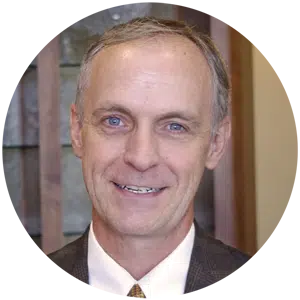Raindance handling deluge of phone, Web conferencing
LOUISVILLE ? After undergoing two name changes and redefining its business plan three times since its inception, Web- and voice-conferencing company Raindance Communications Inc. has identified its niche. And with virtual meetings quickly picking up in popularity in the business world since Sept. 11, Raindance will likely remain Raindance for some time to come.
?2002 is going to be one of the most intense periods of growing the business,? said Paul Berberian, chief executive officer of the Louisville-based company. He founded the company as Vstream in Boulder, which became Evoke Communications, which became Raindance. Berberian raised $116 million in venture capital,…
THIS ARTICLE IS FOR SUBSCRIBERS ONLY
Continue reading for less than $3 per week!
Get a month of award-winning local business news, trends and insights
Access award-winning content today!

